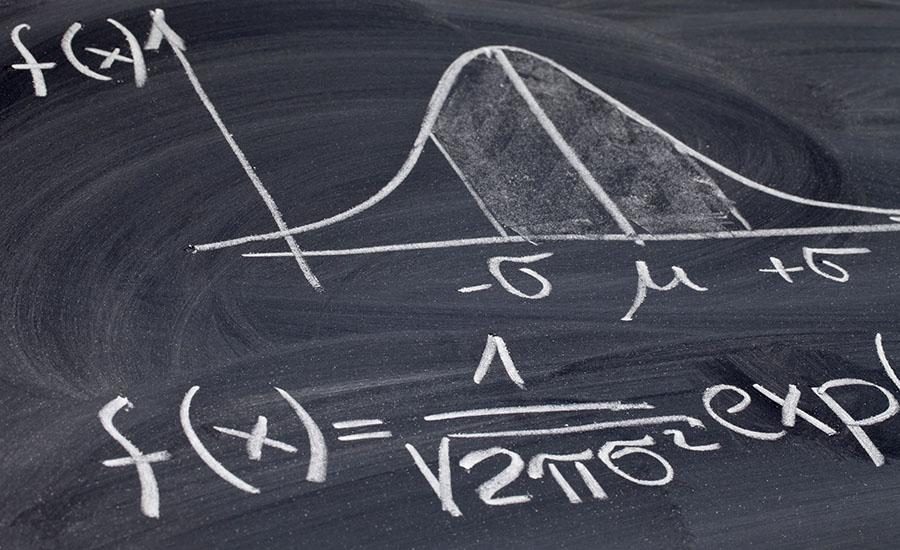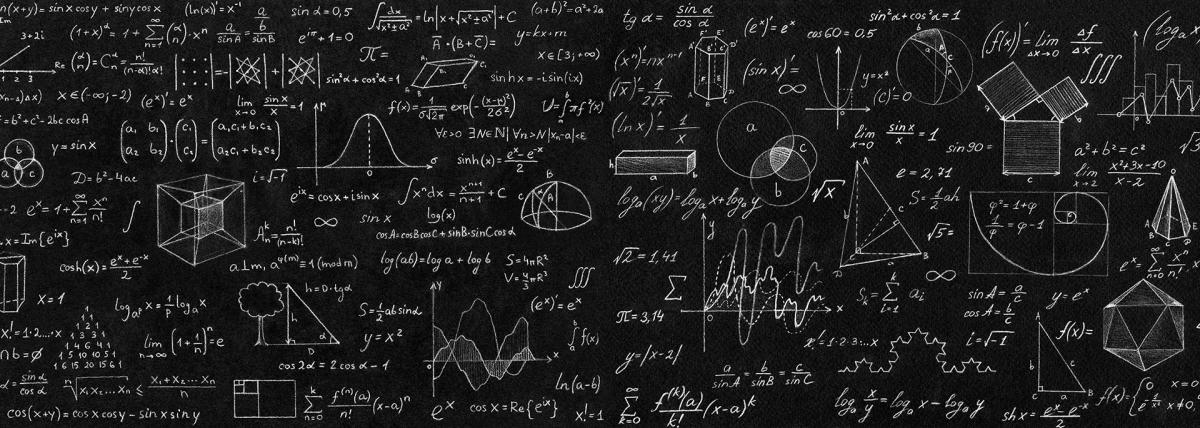This lesson is the beginning stages of planning for a greenhouse. Students work to gather data and information about possible locations for the greenhouse by using their perimeter skills.
A Shocking Dystopia: STEM Adventures in The City of Ember Part 1 of 4: Blackout! Community Circuits
This lesson is PART 1 of a four-lesson unit, which focuses on futures thinking, the phenomenon of electricity, closed-system agriculture, and water as a renewable energy resource. “The City of Ember”
A Shocking Dystopia: STEM Adventures in The City of Ember Part 2 of 4: A Way to See in the Dark
This lesson is PART 2 of a four-lesson unit, which focuses on futures thinking, the phenomenon of electricity, closed-system agriculture, and water as a renewable energy resource. “The City of Ember”
A Shocking Dystopia: STEM Adventures in The City of Ember Part 3 of 4: A Problem in the Greenhouse
This lesson is PART 3 of a four-lesson unit, which focuses on futures thinking, the phenomenon of electricity, closed-system agriculture, and water as a renewable energy resource. “The City of Ember”
A Shocking Dystopia: STEM Adventures in The City of Ember Part 4 of 4: Where the River Goes
This lesson is PART 4 of a four-lesson unit, which focuses on futures thinking, the phenomenon of electricity, closed-system agriculture, and water as a renewable energy resource. “The City of Ember”


After completing a unit on weather, students will be challenged to research, design, construct and attach a snow plow to their Edison robot. Then they will create a scratch code that will navigate


In this lesson, students focus on the engineering design process to help them design, build, and test a functional bow and arrow system like the character Brian Robeson in the book "Hatchet". Students
This lesson will develop an awareness of the critical importance of access to clean water for survival in the wilderness, drawing inspiration from the book "Hatchet." Students will recognize the vital
Students will learn about the difference between potential and kinetic energy by building a ramp. Three objects will be tested down the ramp to see which one can go the farthest. Data will be
Students design and engineer a paper backpack to hold all the supplies swallowed by the well-loved old lady in "There Was An Old Lady Who Swallowed Some Books". They follow the engineering design
With this lesson, students learn how to do simple macroinvertebrates sampling and identification using common resources to determine the environmental health status of perennial streams in Arizona
Using the engineering design process, students will identify a structural or spatial problem on their school campus and then plan, design, evaluate and redesign a structural and spatial solution while




Students will create a 3D bookmark in Tinkercad. I pace this unit for three days. Day 1 is the introduction of 3D printing and practice in Tinkercad. Days 2 and 3 are creating and sharing their
Featured Lesson Plans
Check out these notable lesson plans.

On Day 3, students take their journey to the next level. After gaining insights into plant life cycles and the crucial role of pollinators in the first two days, they now get hands-on and creative. In

Day 2 of this lesson plan for 1st-grade students plays a crucial role in bridging theoretical understanding with hands-on experience. It deepens students' knowledge of pollination, emphasizing the

What's on the Bee's Knees?
In this engaging and interactive lesson, we'll immerse 1st-grade students in the fascinating world of bees and flower pollination. Using a hands-on simulation activity with colored powder, students


